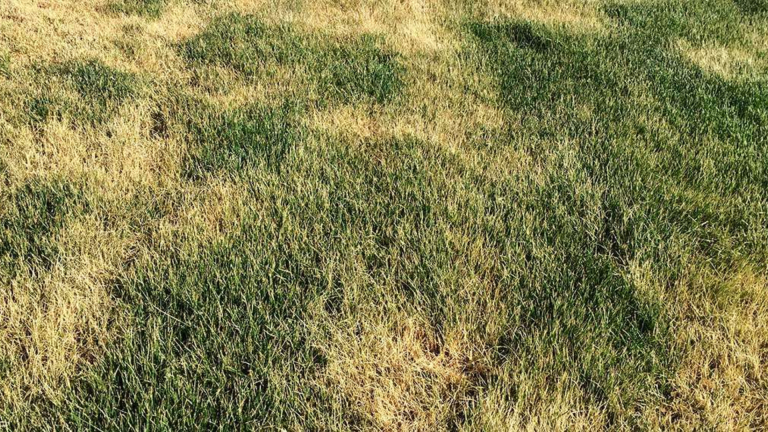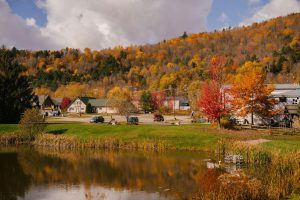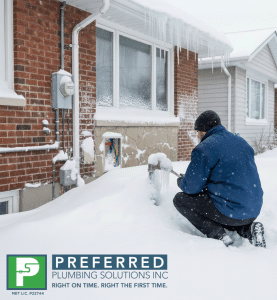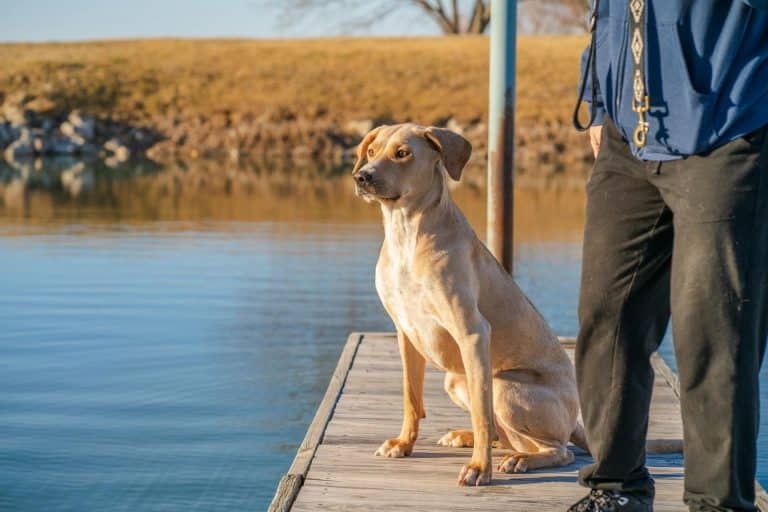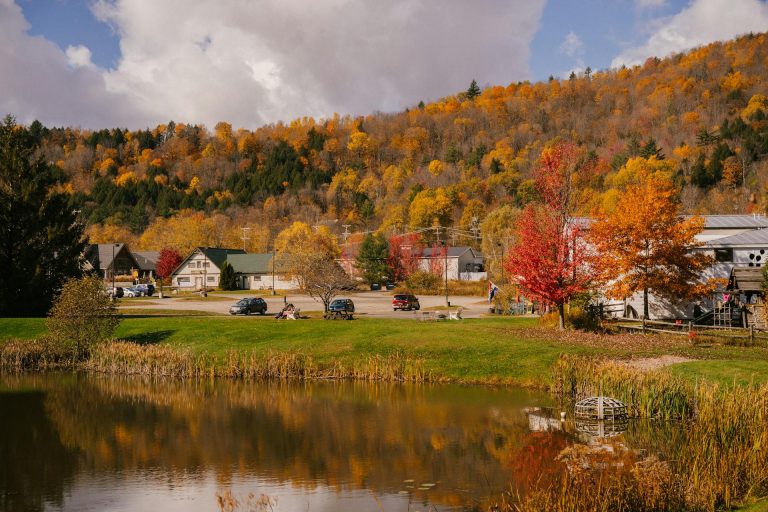Have you recently installed new sod only to find it turning brown? You’re not alone! Many homeowners experience this frustrating issue.
It’s disappointing when your hard work and investment in your lawn don’t immediately show the results you hoped for. The good news is that this problem is often fixable with the right steps.
New sod needs time to establish roots, but several factors can cause it to turn brown, from improper watering to environmental stress.
It’s important to identify the exact cause, as each issue requires different care. It could be overwatering, pests, poor soil conditions, or incorrect installation. Understanding the root cause is crucial to resolving the issue.
In this blog, I’ll walk you through the most common reasons your sod might be turning brown – and how to fix it. I’ll share simple, doable tips to help bring your lawn back to a healthy, green state. By the end, you’ll know exactly what to do to get your sod back to life and keep it thriving for the long term.
Why Is My New Sod Turning Brown? Key Causes
Understanding why your new sod is turning brown is the first step in fixing it. Several factors may be contributing to this issue. By identifying the cause, you can take the right steps to restore your sod to a healthy, green state.
1. Insufficient Watering
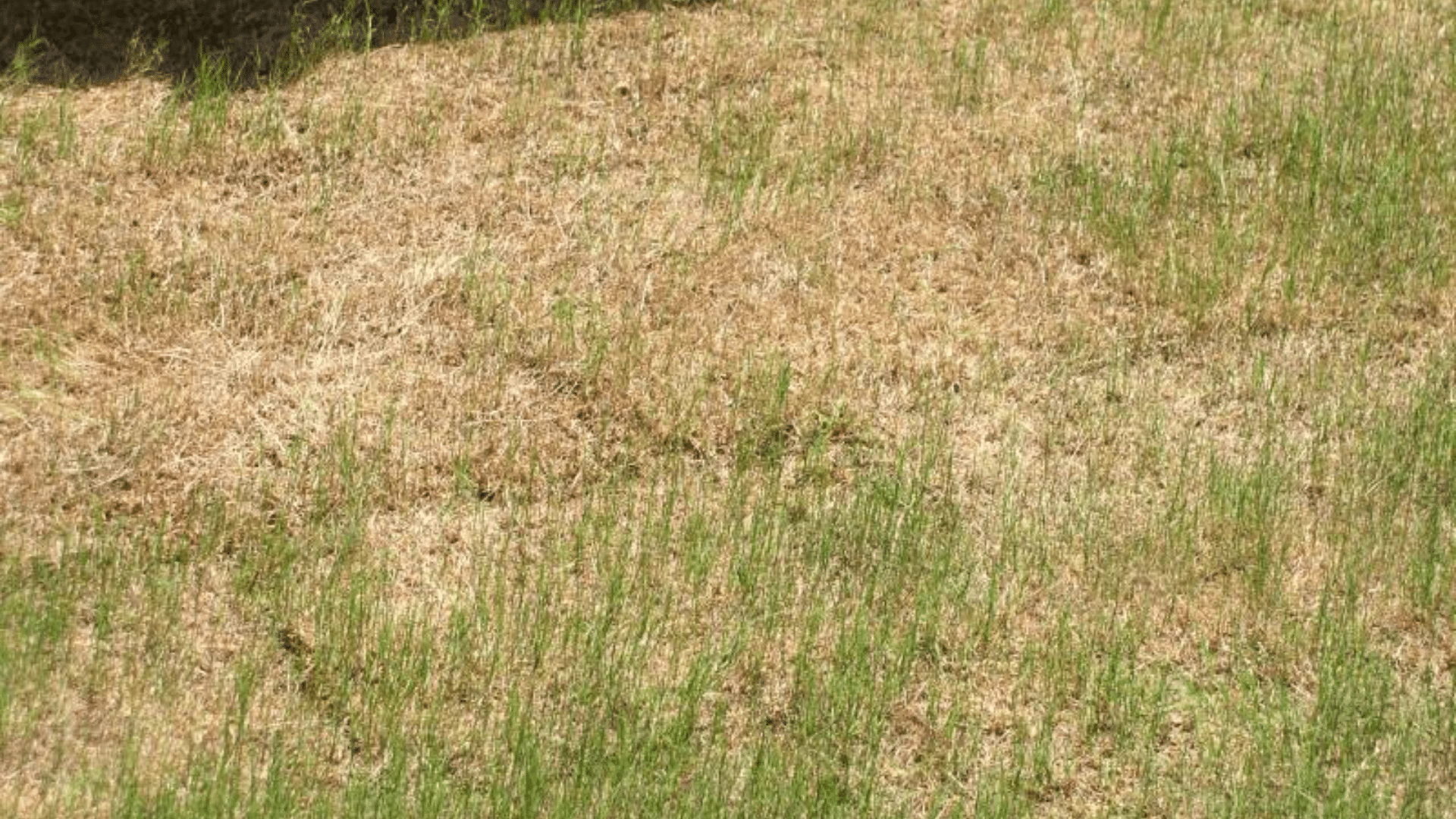
New sod needs consistent moisture, especially in the first few weeks. Without sufficient water, the roots can’t establish, resulting in brown patches. It’s important to water regularly and deeply to help the sod take root.
If you forget to water or don’t provide enough water, the sod will dry out. Lack of hydration will stress the grass, causing it to struggle and not thrive. Be sure to lift a corner of the sod to check the moisture level.
Proper hydration is key to a healthy lawn. Water deeply and consistently to avoid uneven growth and brown spots.
2. Overwatering
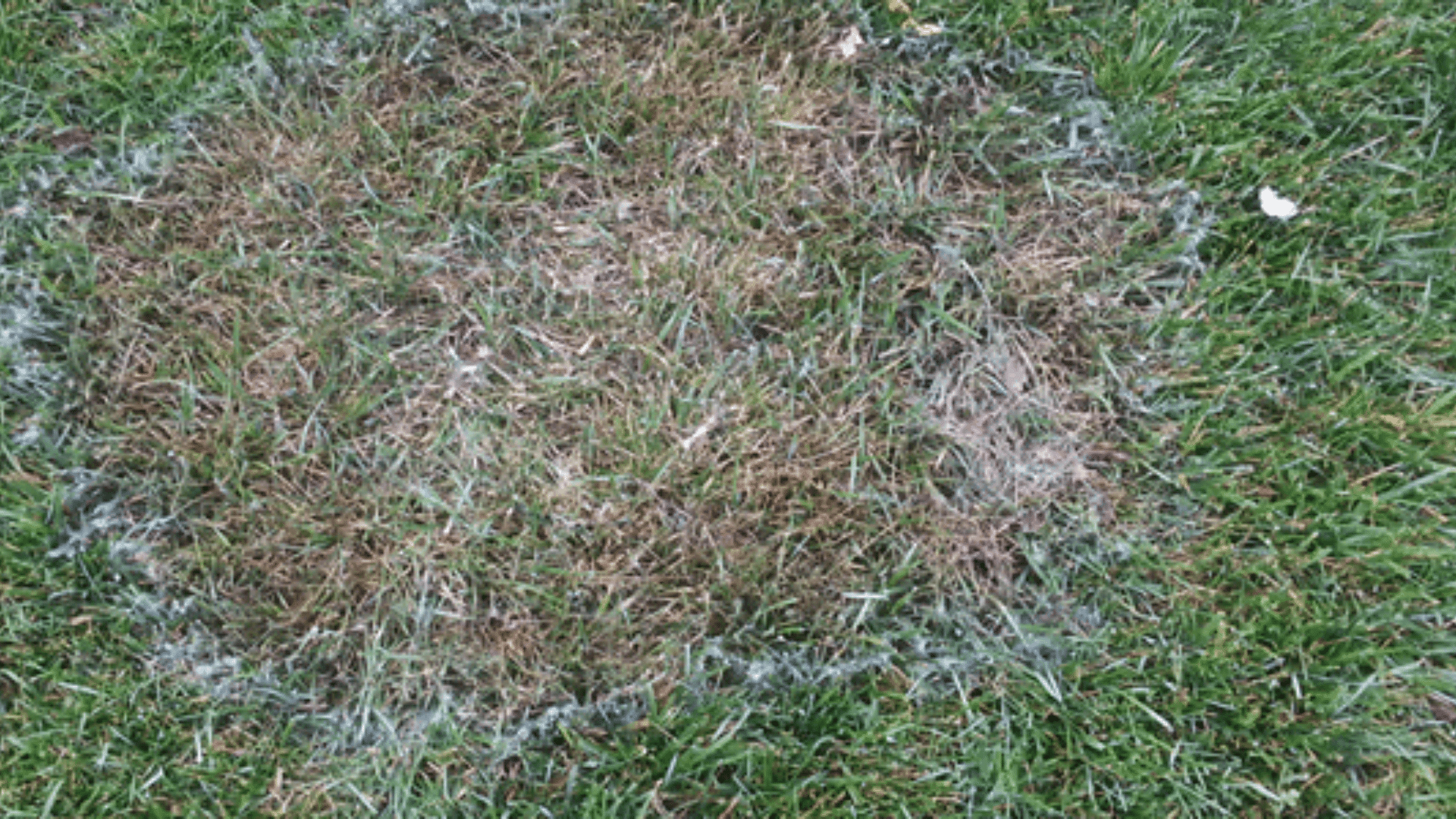
Overwatering is just as detrimental as under-watering. Too much water suffocates the roots, causing root rot. It also creates a soggy environment that can lead to fungal growth and brown patches.
When sod is overwatered, the soil becomes waterlogged, and the roots can’t breathe. This weakens the grass, making it more susceptible to diseases. The key is to find the right balance in watering.
Water deeply but infrequently. Allow the soil to dry out between watering sessions to prevent damage from overwatering.
3. Poor Installation Practices
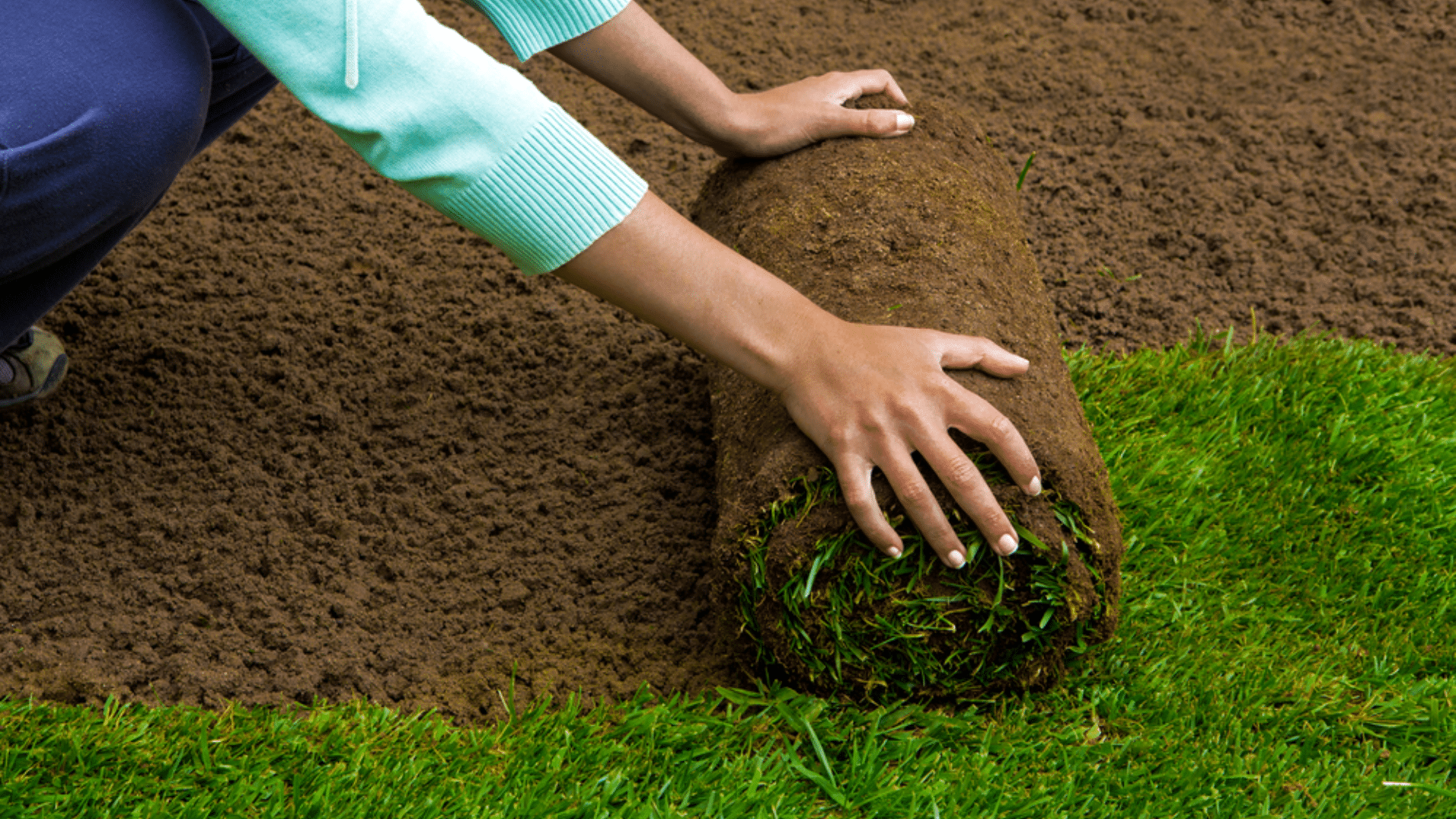
If the sod isn’t installed properly, it can turn brown. Air pockets or unevenly laid sod prevent roots from making good contact with the soil. This can prevent the grass from establishing itself, leading to brown patches.
Uneven sod can also lead to dehydration in certain areas. Gaps between pieces of sod allow the grass to be exposed to temperature extremes, affecting its growth.
Ensure the sod is laid tightly together and has good contact with the soil. Proper installation is key to healthy, strong growth.
4. Soil Compaction
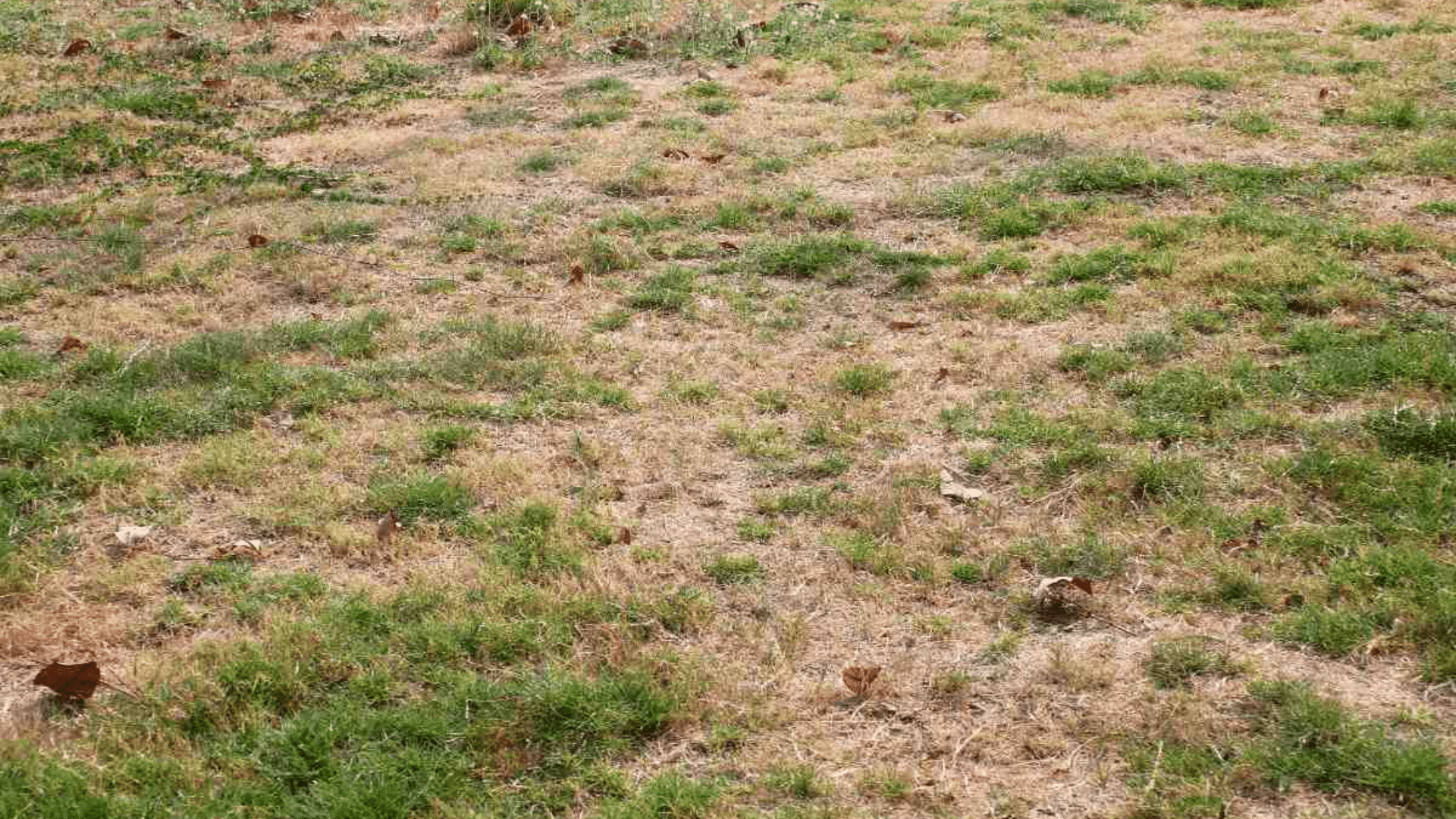
Soil compaction makes it difficult for roots to grow deeply. When the soil is too compacted, the grass can’t absorb water and nutrients properly. This causes the grass to struggle, leading to brown spots.
Compacted soil also prevents water from reaching the roots evenly. It can restrict airflow, making the grass more vulnerable to drought.
Aerating the soil before installing new sod will help. This process loosens the soil, allowing roots to grow freely and absorb nutrients.
5. Pest Infestations
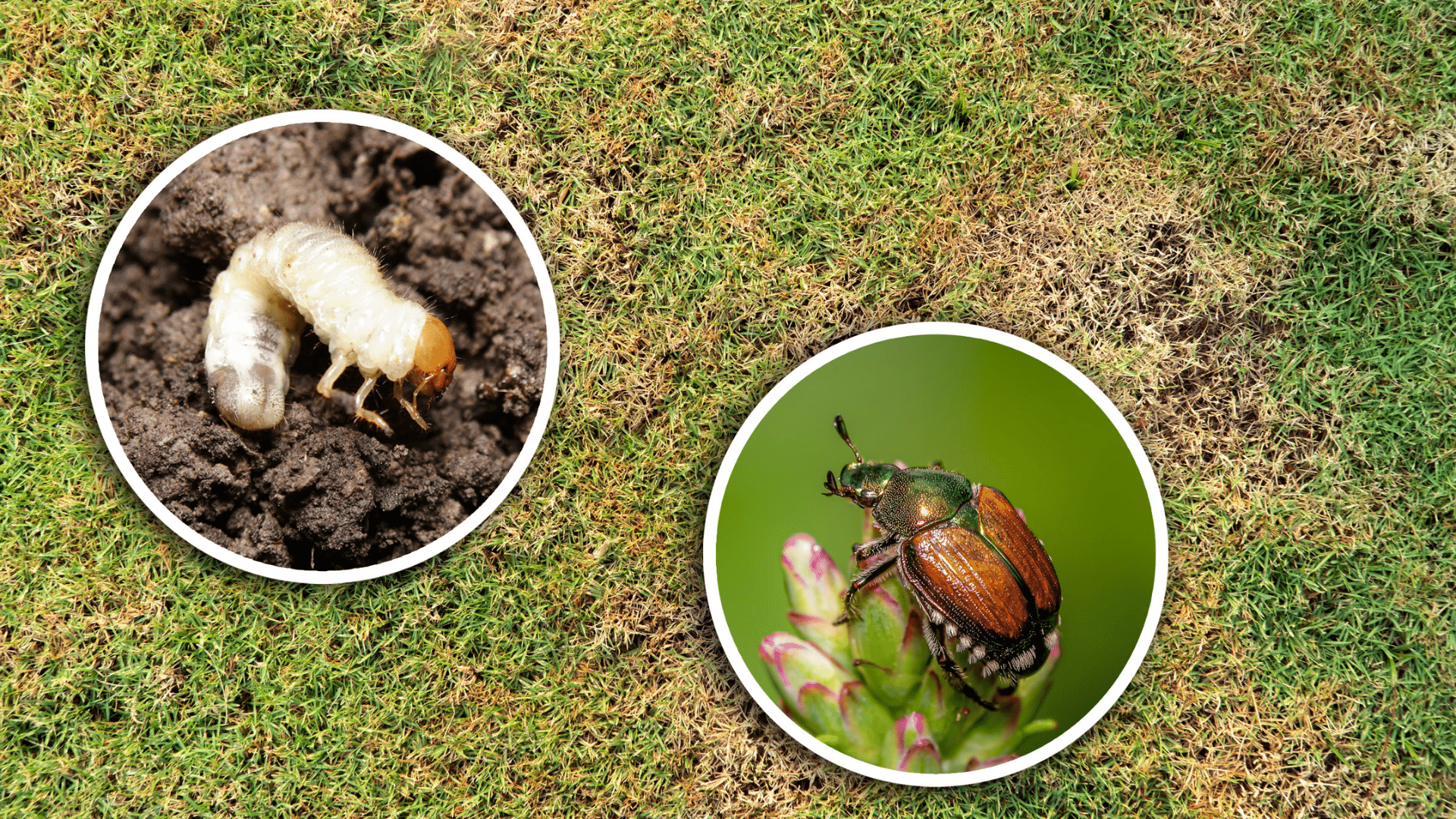
Pests like sod webworms damage the grass, causing brown patches. These insects feed on the grass blades, weakening the grass and leaving it vulnerable. If left unaddressed, the infestation can quickly spread.
Insects often hide in the soil, so the damage may not be immediately visible. When you see brown patches, pests may already be at work.
Check your lawn regularly for signs of pests. Use pest control treatments to protect the sod and prevent further damage.
6. Fertilizer Burn
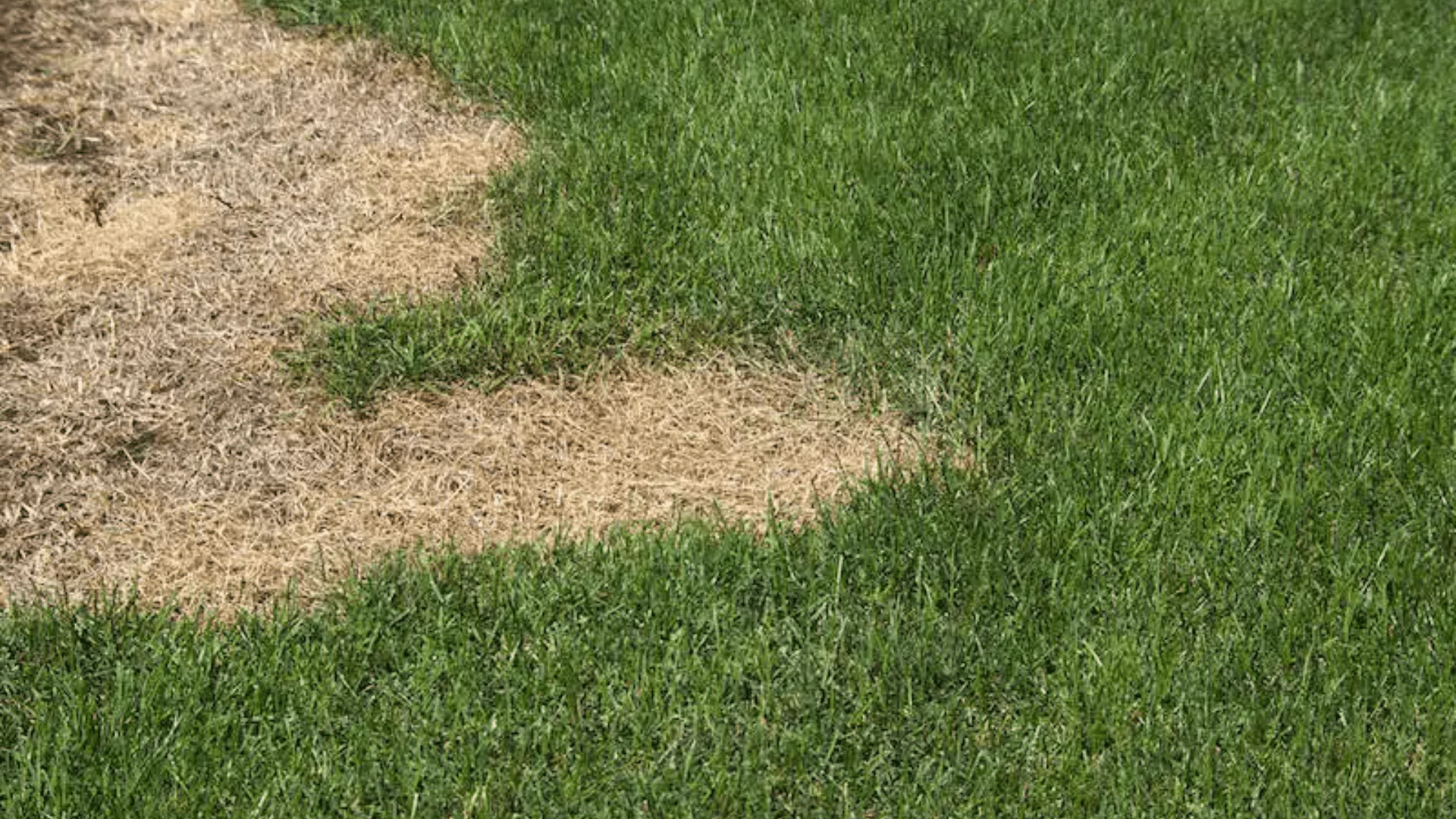
Using excessive amounts of fertilizer, especially high-nitrogen types, can cause the grass to burn. This results in brown patches as the fertilizer overwhelms the sod. Over-fertilizing can weaken the grass and damage the roots.
Fertilizer burn occurs when excessive fertilizer is applied too quickly. It stresses the grass, causing it to turn brown.
Follow the fertilizer instructions carefully. Use a slow-release, balanced fertilizer to promote steady growth and avoid burning your sod.
7. Environmental Stress
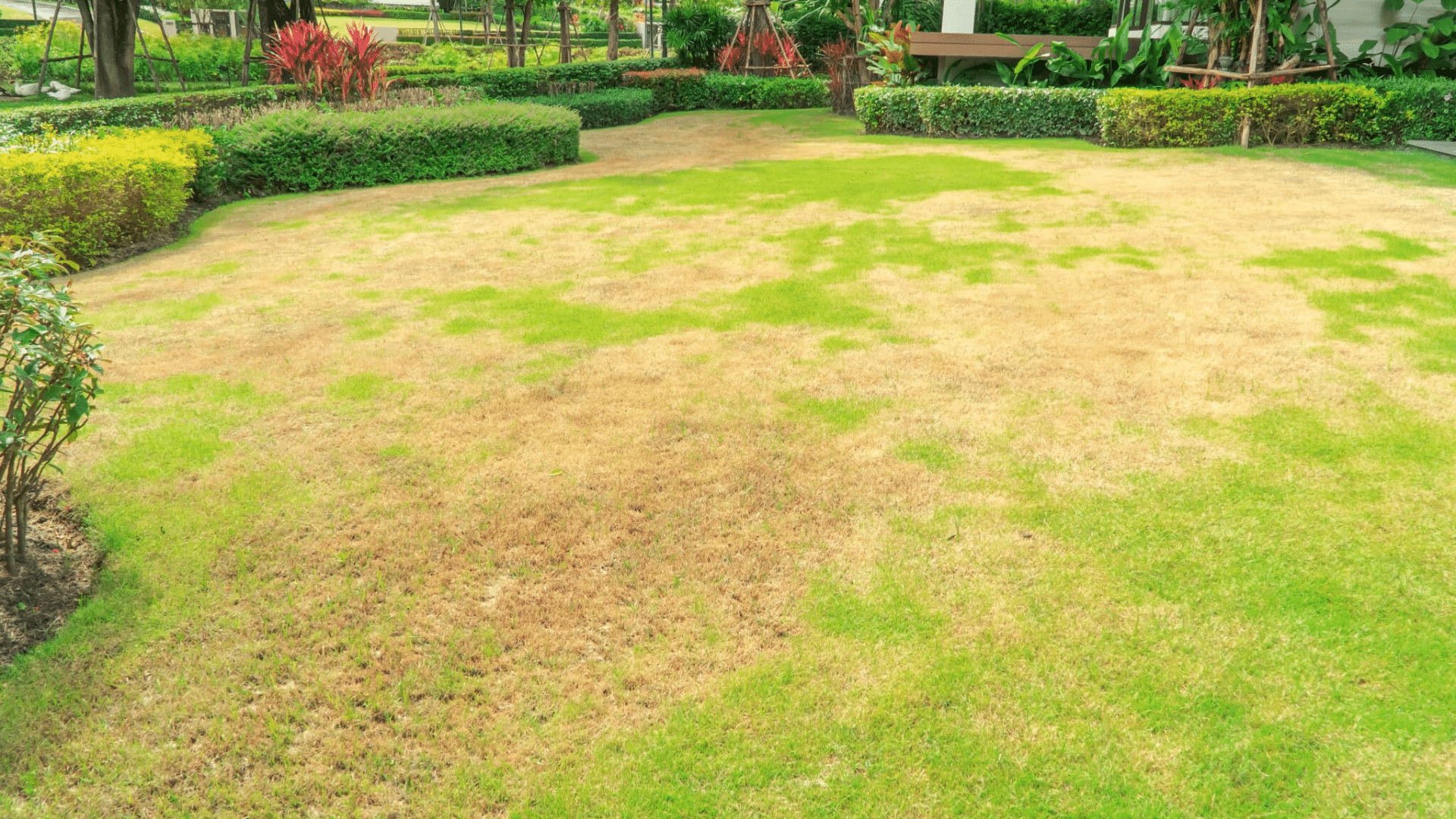
Extreme weather, such as heat, drought, or frost, can stress your sod. New sod is especially sensitive to temperature changes. Both hot and cold weather can hinder its growth, leading to browning.
Heat and drought can quickly dry out sod, while frost can stunt growth. Even with proper watering, environmental conditions can still cause the grass to turn brown.
To protect your sod, ensure it’s well-watered before extreme weather hits. Use shade during heatwaves or cover the sod during frosty weather to minimize stress.
How to Fix Brown Sod?
Now that you know the possible causes of brown sod, let’s look at the fixes. These simple steps will help restore your lawn to a healthy, green state. By addressing the root cause of the problem, you can bring your sod back to life and prevent future issues.
1. Adjust Watering Habits

Watering is key to the health of your sod. Ensure that you water deeply enough so that the moisture reaches the roots. This helps the sod establish itself without over-saturating the soil.
Overwatering can cause just as many problems as underwatering. Water deeply but infrequently to encourage deep root growth. Avoid shallow watering, which can lead to weak roots and dry patches.
If you’re unsure of how much water your sod needs, check the moisture level by lifting a corner of the sod. Consistent, deep watering will help your sod stay healthy and green.
2. Proper Fertilization
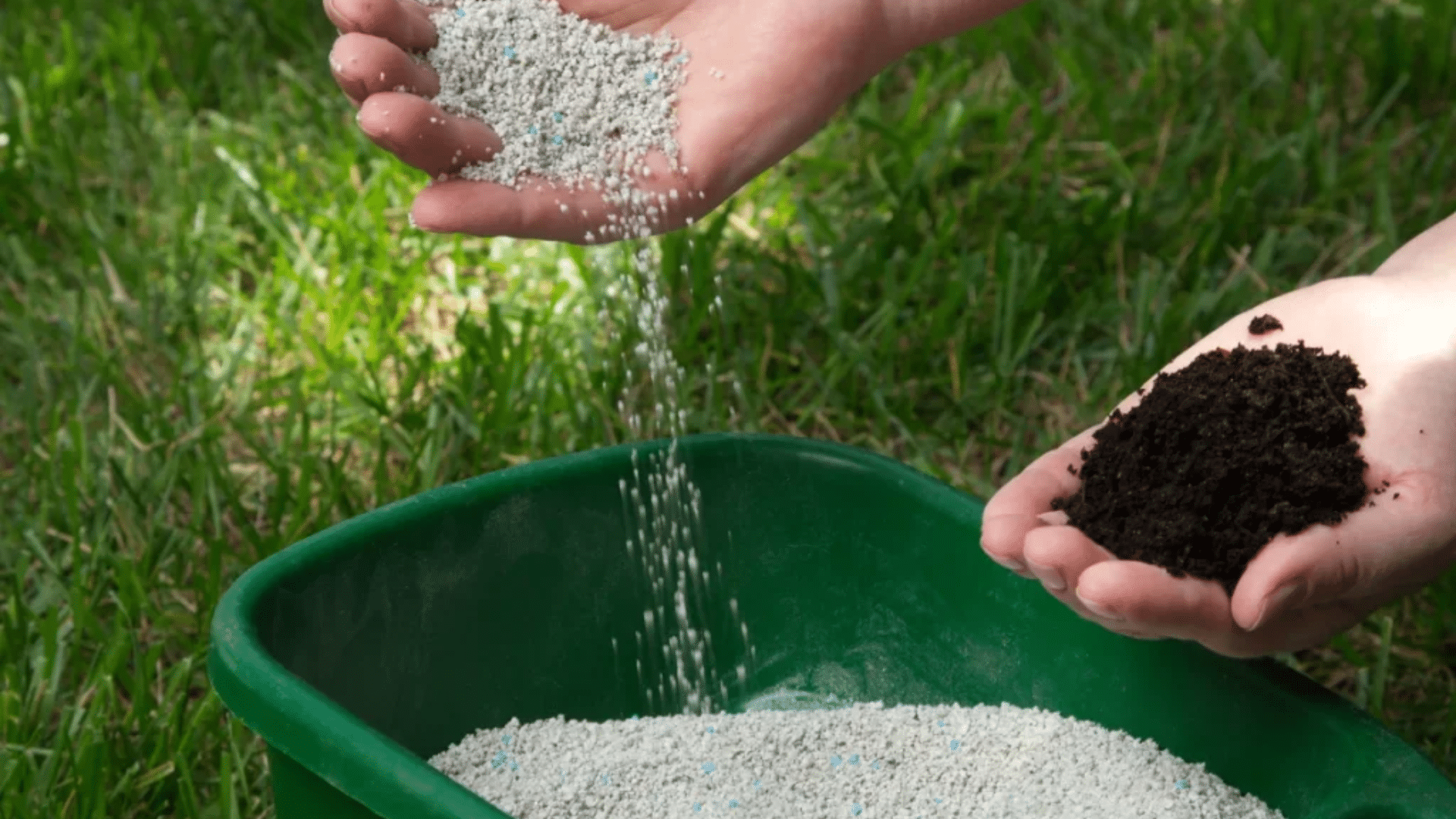
Fertilizing your sod properly is essential to keep it thriving. Use a balanced, slow-release fertilizer that provides steady nutrients over time. Avoid over-fertilizing, especially with products that are high in nitrogen, as this can burn your grass.
Excessive fertilizer can harm the roots, resulting in brown patches and stress. Fertilize according to the product instructions and the specific needs of your grass. Using the right fertilizer will help your sod establish healthy growth without overwhelming it.
Start slow with fertilization to avoid stressing your sod. Gradually increase the amount as the sod becomes established and its roots grow stronger.
3. Aerate the Soil
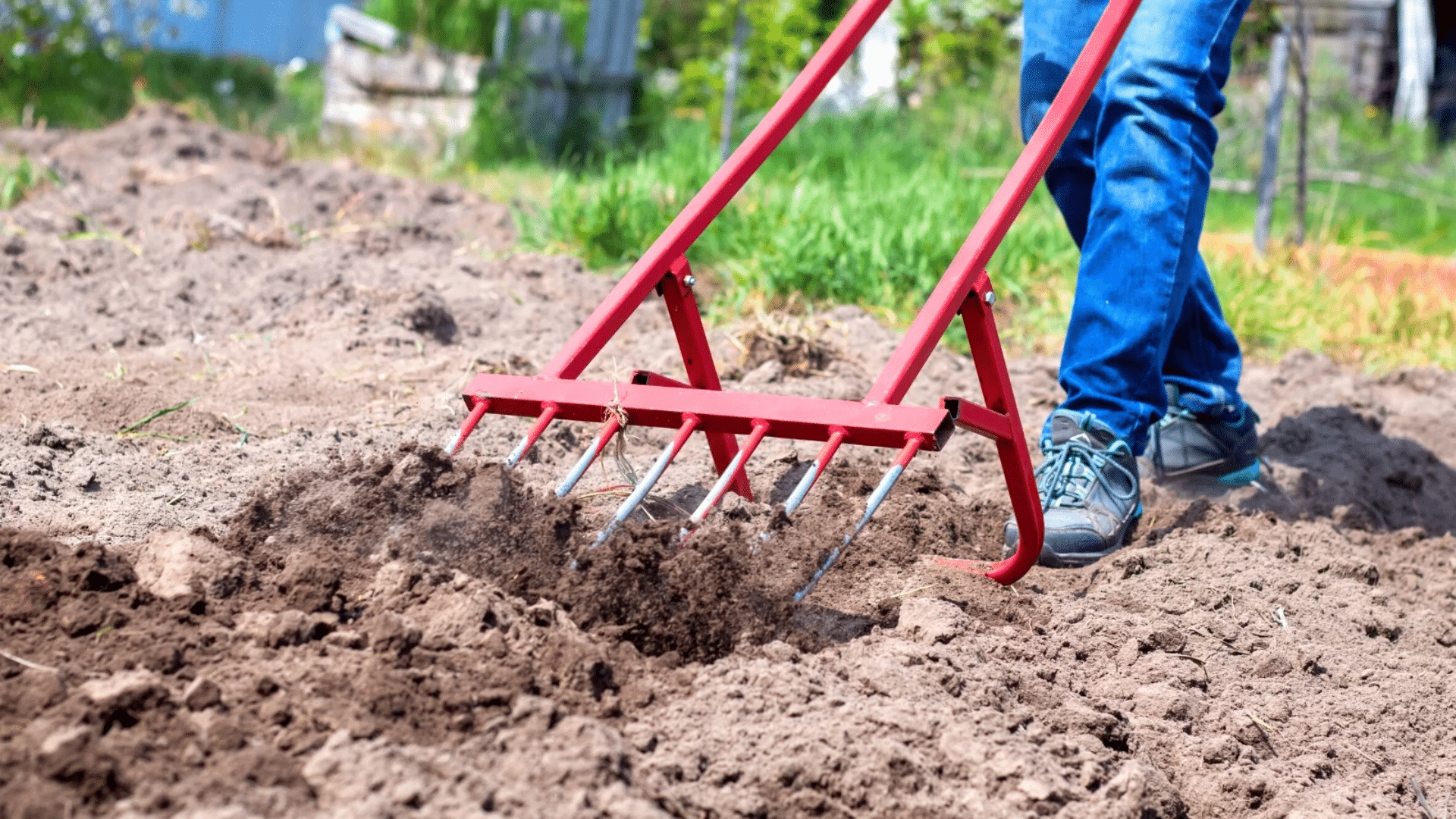
Soil compaction is a major issue for new sod, making it harder for roots to grow and absorb water. Aerating the soil helps relieve compaction by creating holes in the soil, allowing air, water, and nutrients to reach the roots more easily.
Aeration is a simple yet effective solution. It promotes healthier root development and improves water absorption. This is especially important for areas with heavy clay or compacted soil.
Consider aerating your soil before installing new sod or after noticing brown patches. Aeration helps create a better environment for your sod to grow strong and healthy.
4. Treat Pest Infestations
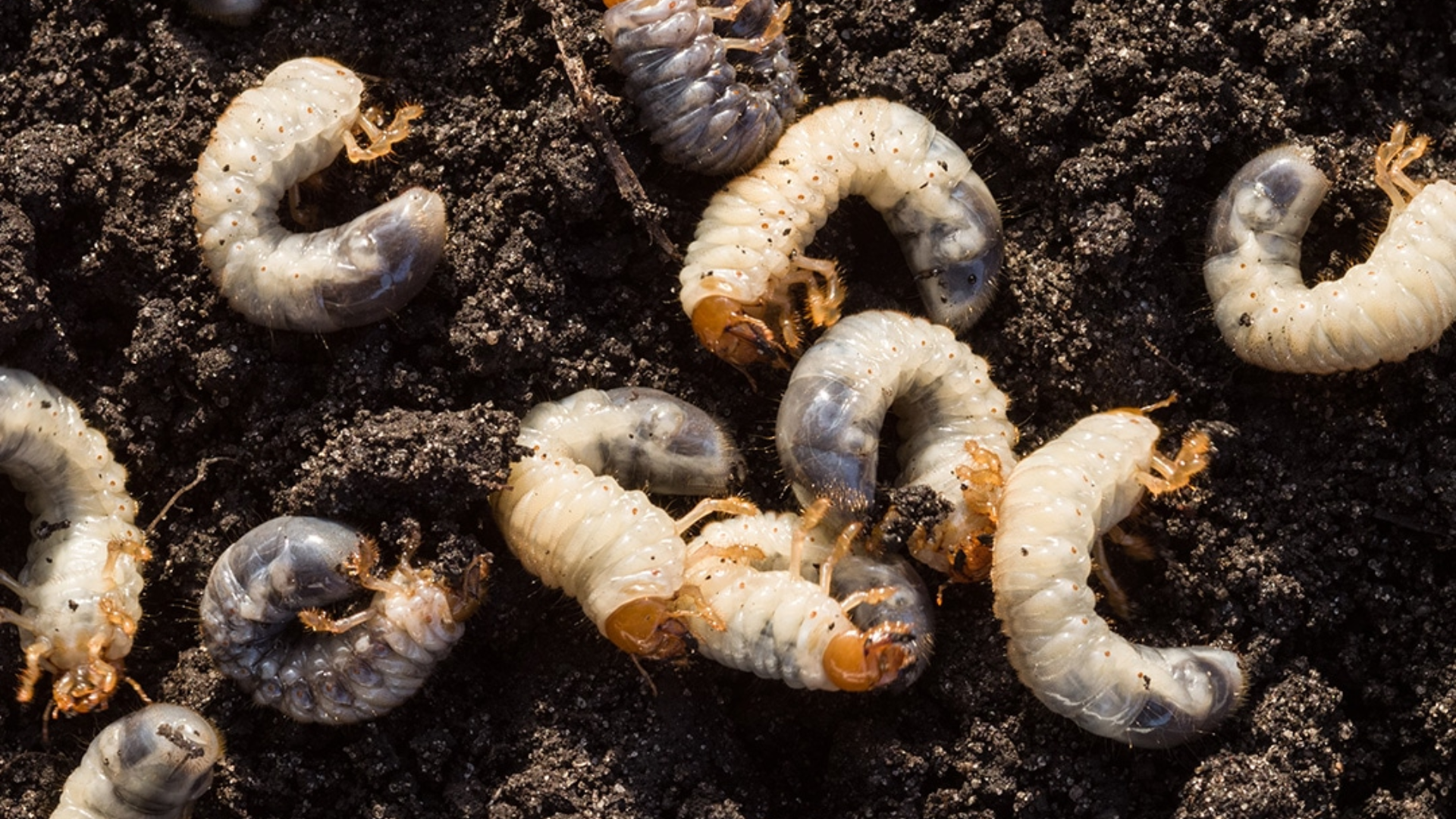
If pests are damaging your sod, it’s important to deal with them right away. Insects like sod webworms or grubs feed on grass blades, causing brown patches and weakening your lawn. Applying the right insecticides or organic pest control can eliminate these pests.
Inspect your lawn regularly for signs of pests. If you notice brown spots that don’t seem to be caused by watering issues, pests might be the problem. Treating the lawn early will prevent the infestation from spreading.
Use safe and effective pest control methods that target the specific pests affecting your sod. This will help restore your lawn to a healthy state.
5. Proper Installation Techniques
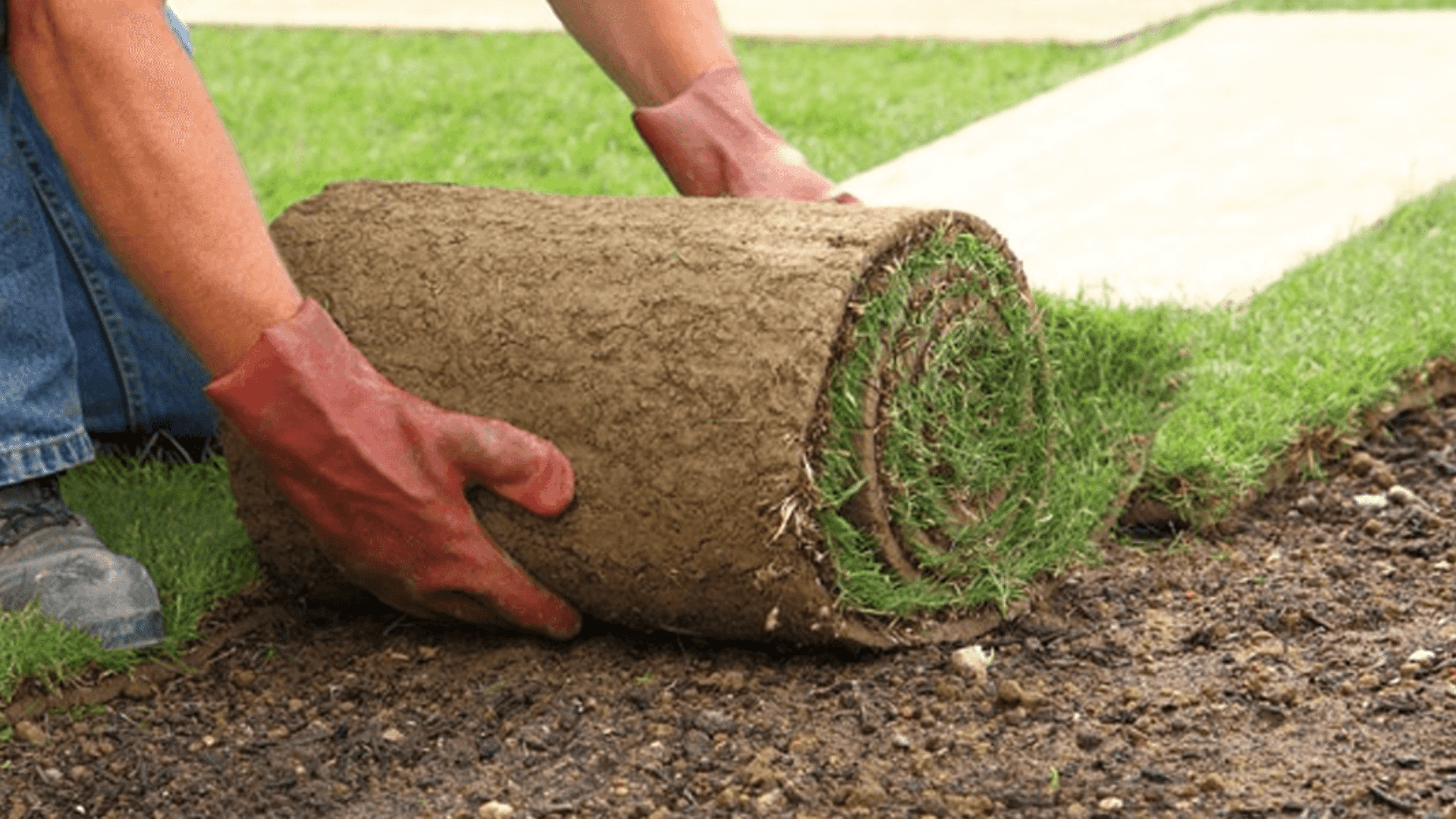
If your sod was installed improperly, it’s essential to fix it. Sod needs to be tightly placed together, ensuring good contact with the soil. Air pockets or gaps between the sod pieces can prevent the roots from establishing, causing brown patches.
If your sod has gaps or wasn’t properly pressed down, consider relaying it. Proper installation helps the roots connect with the soil, improving water absorption and overall growth.
Once your sod is properly installed, it will have the foundation it needs to establish healthy roots. This step is key to preventing future browning and ensuring your lawn thrives.
6. Follow Proper Mowing Practices
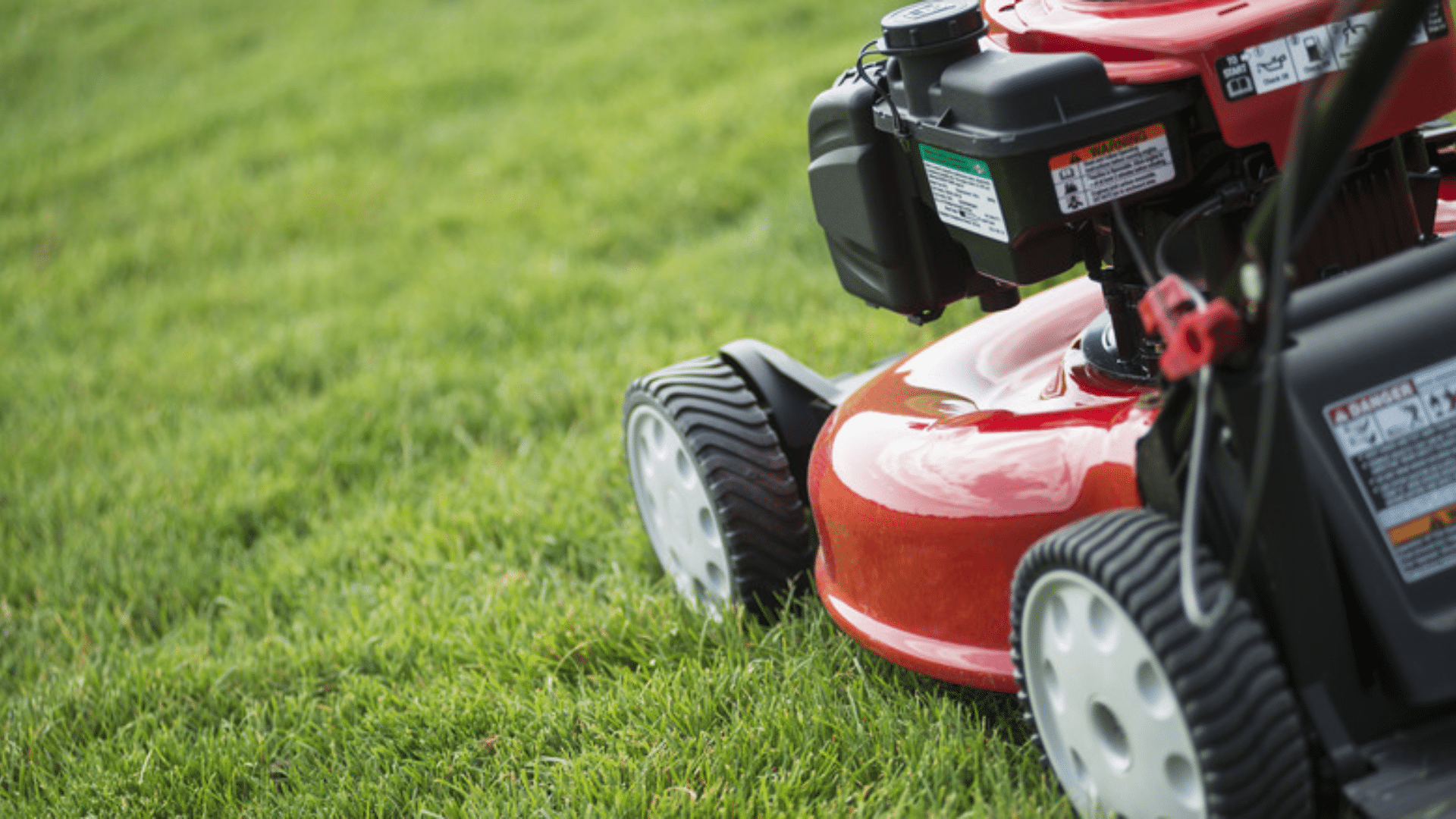
Mowing your sod too soon or cutting it too short can stress the grass, making it turn brown. Wait until the sod is fully rooted before mowing, typically 3-4 weeks after installation. This ensures that the roots are strong enough to handle the stress of mowing.
When you do mow, avoid cutting more than a third of the grass height at a time. Cutting too short can damage the grass and weaken the roots, leading to brown patches.
Keep your mower blades sharp and mow in different directions to prevent stress on the grass. Proper mowing will help your sod stay healthy and reduce the risk of browning.
Preventing Future Sod Browning
Fixing your brown sod is important, but it’s just as crucial to prevent future problems. With ongoing care, you can keep your sod healthy and avoid issues that lead to browning. These long-term solutions will help your lawn stay lush and green.
- Establish Regular Lawn Care: Regular watering, mowing, and fertilizing keep your lawn strong. Water deeply to encourage root growth, mow at the right height, and use fertilizer to provide essential nutrients for a healthy lawn.
- Choose the Right Sod for Your Climate: Pick sod that suits your local climate and soil. Warm-season grasses thrive in hot areas, while cool-season grasses grow better in cooler regions. This reduces maintenance and promotes healthy grass growth.
- Soil Testing: Regular soil tests ensure your lawn has the right pH and nutrients. Soil testing identifies any deficiencies, so you can make adjustments and maintain healthy sod.
- Install Proper Drainage: Good drainage prevents water buildup, which can lead to root rot and brown spots on your plants. Install effective drainage systems to keep your sod healthy and thriving, even during heavy rainfall.
By following these steps, you’ll maintain a healthy lawn and prevent future browning issues.
How to Revive Brown Sod After Overwatering?
Overwatering is a common cause of brown sod, but it can be fixed with the right approach. If you suspect that overwatering is the issue, take immediate action to restore your lawn.
First, reduce your watering frequency. Allow the soil to dry out completely before re-watering. Once the soil beneath the sod is dry, start watering deeply but infrequently to help the grass recover and avoid constant wetness.
Improving drainage is another crucial step. Aerating the soil will help improve water flow and prevent waterlogging. This will allow the excess moisture to escape and will enable the roots to get the oxygen they need.
Finally, use proper watering techniques. Focus on deep watering to encourage roots to grow deeper into the soil. Shallow watering can lead to weak roots, making the sod more vulnerable to stress.
The Role of Weather in Sod Health
Weather has a big impact on the health of your sod. Different weather conditions require specific care to ensure that your sod thrives.
During hot and dry weather, new sod requires more frequent watering to stay healthy. However, make sure to water deeply, reaching the roots without overwatering. It’s best to water early in the morning or late in the evening to prevent excessive evaporation.
In cold and freezing temperatures, avoid laying sod during winter. Freezing weather can stunt growth, so it’s important to protect your sod from frost. Use frost-resistant grass varieties or cover the sod to protect it from extreme cold.
As the seasons change, so should your sod care routine. In cooler months, reduce watering, as the grass needs less moisture. During the warmer months, increase watering to keep your sod hydrated and healthy.
Troubleshooting Other Common Lawn Problems
Sometimes sod turns brown for reasons beyond watering, installation, or pests. If you’ve tried all the usual fixes and your lawn still looks unhealthy, other hidden issues might be the cause. Here are a few additional problems to check.
- Soil pH Issues: If the pH is too high or too low, your sod won’t absorb nutrients properly. Use a soil test to check the balance. Add lime to raise the pH or sulfur to lower it, depending on the results.
- Fungal Infections: Fungi often appear as brown patches, especially in damp conditions. Apply fungicide if needed, and improve drainage to prevent future outbreaks. Avoid overwatering, as that creates a breeding ground for fungus.
- Pet Damage: Pet urine contains nitrogen, which can burn grass and leave brown spots. Rinse the area with water immediately after your pet uses it. Training pets to use a separate spot also helps protect your sod.
Addressing these less obvious issues can make a significant difference in the health of your lawn. Stay consistent with care, and your sod will recover more quickly and grow stronger over time.
Conclusion
Figuring out why your sod is turning brown is the first, and most important, step toward fixing it. If your sod is turning brown due to overwatering, pests, or improper care, there are clear, simple steps you can take to address the issue.
The key is to make the right adjustments and be patient as your sod recovers.
Once you know what’s causing the problem, you can make adjustments in your watering routine, check your soil, or deal with any pests.
You can also apply proper fertilization and ensure your sod is properly installed. All these efforts will contribute to restoring your sod and preventing future browning.
By following the solutions provided in this blog, you will be on your way to a healthy, green lawn. Regular care and attention are essential for your sod to stay green and strong.


